With the Fujinon XF 80mm f/2.8 R LM OIS WR Macro I have had very few reviews and tests, so I thought I would give it a try, since macro lenses are my thing and I use them all the time. The new Fujinon XF 80mm f/2.The 8 R LM OIS WR Macro essentially opens up a whole new line of macro photography in FUJIFILM’s X-mount lineup t.k. this is the first macro lens of this format at the 1:1 scale and with the most comfortable focal length for most situations. Prior to that, the X-mount had an XF 60mm f/2.4 macro, which only gave a 1:2 scale. You can think of anything as “macro”, but really 1:1 is optimal for any more or less demanding macro photographers. It’s hard to shoot something unusual on a smaller scale. And there was the ZEISS Touit 50/2.8 at 1:1 scale, but not very handy in field macro because of the 1:1 scale it achieved at 0.15m focusing distance.
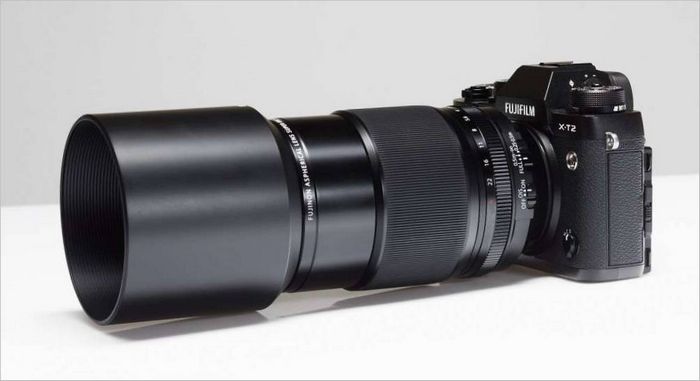
Appearance, construction, design, ergonomics
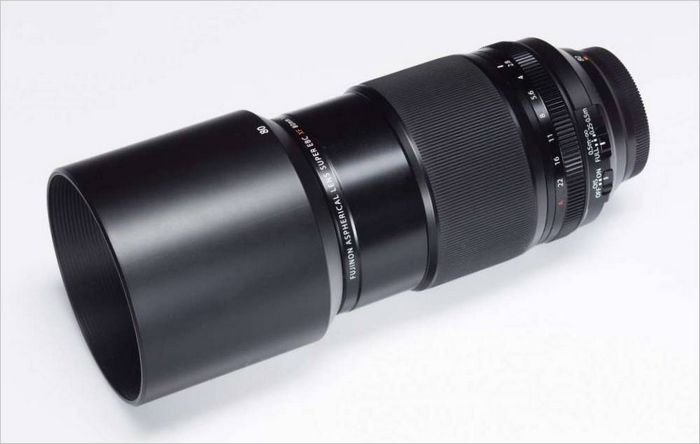
The lens feels very sturdy and with well-matched details. I didn’t check it to see how metallic it was, but it weighs a decent amount. For example, it is heavier than myCanop macro lens at full frame! at 125g. and below you will see why.
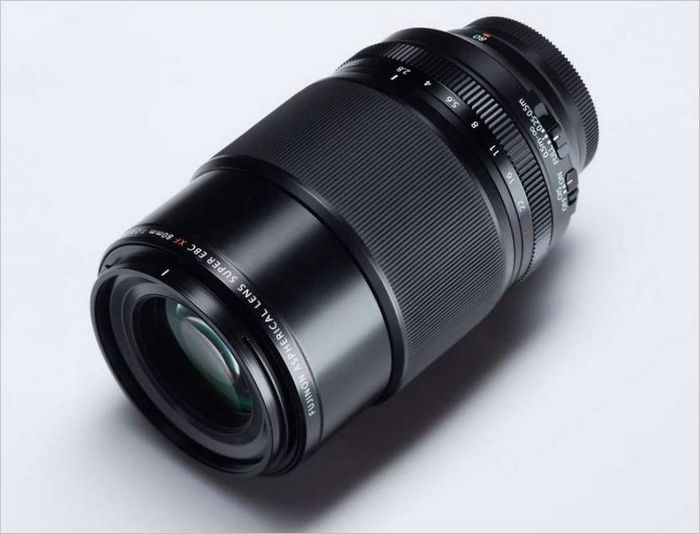
The lens has an aperture ring which is electrically interfaced to the camera. You can also see the focus range switch on the lens. By choosing a certain focus range, you save autofocus from having to search for the subject where it isn’t and thereby speed up autofocus altogether.
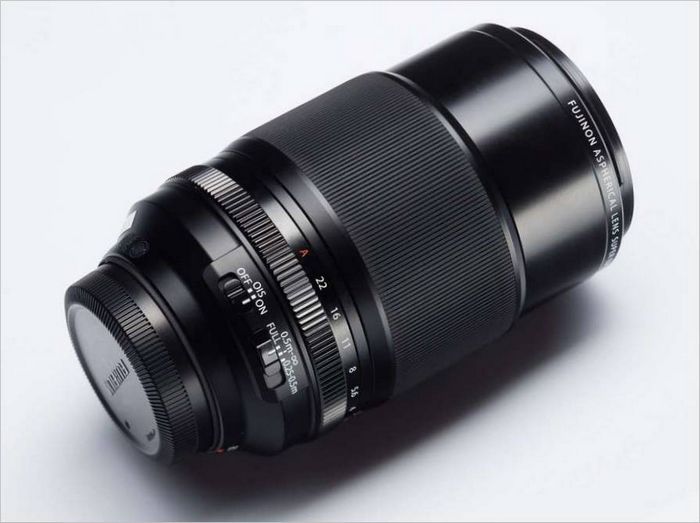
It also has a switch on/off lever of OIS which is claimed to be very effective up to 5 compensation steps .
Specifications
| Focal length | 80mm |
| Aperture range | f/2.8 – f/22 |
| Optical arrangement elements/groups | 16 12 |
| Image stabilization | Yes, 5 steps by CIPA standards |
| Focus range | 0,25 m – ∞ |
| Viewing angles diag./ goriz./vert. | 20.1° 16.8° 11.1° |
| Aperture diaphragm blades | 9 pcs rounded |
| Working distance | 17.7 mm |
| Zooming in on the MDF | 1 : 1 |
| Filter thread diameter | M62 x 0.75 |
| Focus ring rotation angle ∞ to MDF | – |
| Moisture protection | no splashing or dusting, hydrophobic front lens coating |
| Operating Temperature | down to -10C |
| Focus ring diameter | 80mm |
| Length without caps | 130 mm |
| Weight | 750 g |
Floating elements and inner focus
The lens has two focusing groups – front and rear. These element groups shift to provide consistent resolution and low aberration at macro distances, just as at normal shooting distances. A new mechanism for shifting the optical groups controls their parallelism, enabling high resolution at the edges of the frame as well.
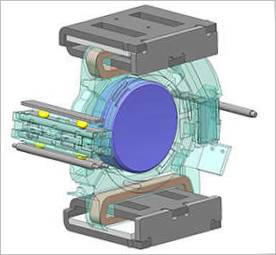
Internal focus makes working at macro distances more comfortable t.k. No danger of the front lens bumping into the subject. With lenses without internal focusing, the front of the lens would extend forward, making it difficult to work in some cases.
Water and dust protection
Fujinon XF 80mm f/2.8 has a dust and splash protection including 11 elements in the lens body shown in green in the picture .
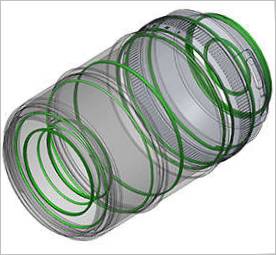
Optical Stabilizer
The lens has a new type of built-in optical stabilizer designed to compensate for angular and height drift through the available gyroscope and accelerometer. this optical stabilizer is recommended for macro photography whereas older types of optical stabilizers I used didn’t work in macro photography and it was recommended to turn them off in macro photography there are too big shifts that lens can’t usually compensate .
Optical design
Fujinon XF 80mm f/2 optical scheme.8 includes 16 elements in 12 groups, of which 1 aspherical, 3 ED low dispersion and 1 super ED extremely low dispersion element.
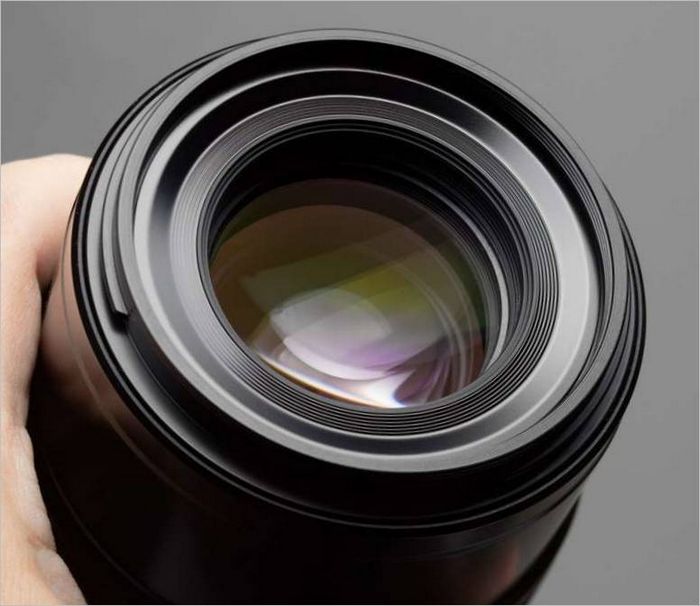
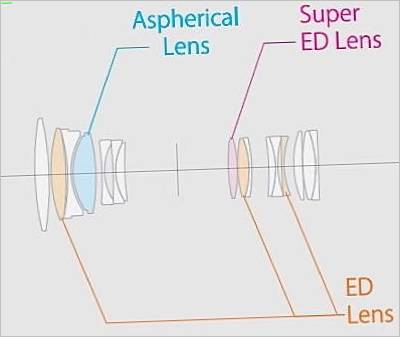
Rather expensive lens design designed for high image quality in a variety of situations from normal portrait photography to macro photography.
MTF chart
The MTF chart that comes with the lens characterizes its resolution and contrast capabilities. Unfortunately, the diagram is for 15 and 45 line pairs per mm, so we can’t compare the lens quality “directly” with other manufacturers. Canon Nikon give data for 10/30 lp/mm, andCarl Zeiss for 10/20/40 lp/mm.
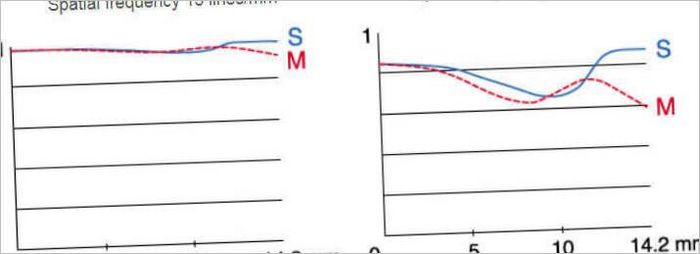
I can only assume from the graph that the lens gives quite good results in the center of the frame, then there is some drop in resolution, which is generally corrected by aspherical elements to the edge of the frame although it is not as good as in the center, because the radial and tangential curves diverge a lot .
On which camera the Fujinon XF 80mm f/2.8 will perform better than
Of the FUJIFILM X-mount cameras, I used the FUJI X-T2 and the FUJI X-T20.
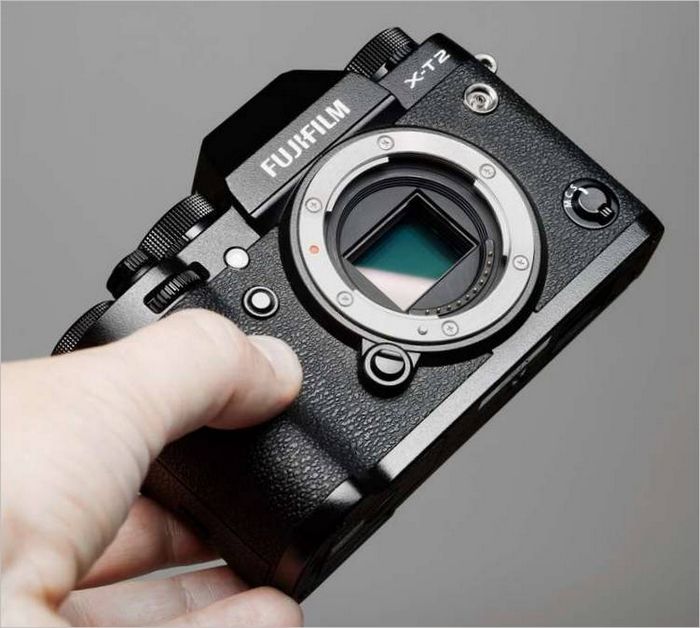
Of the two cameras, I would recommend it on the top-end FUJI X-T2 t.k. In macro photography, autofocus is especially important, which in my opinion works better on the FUJI X-T2.
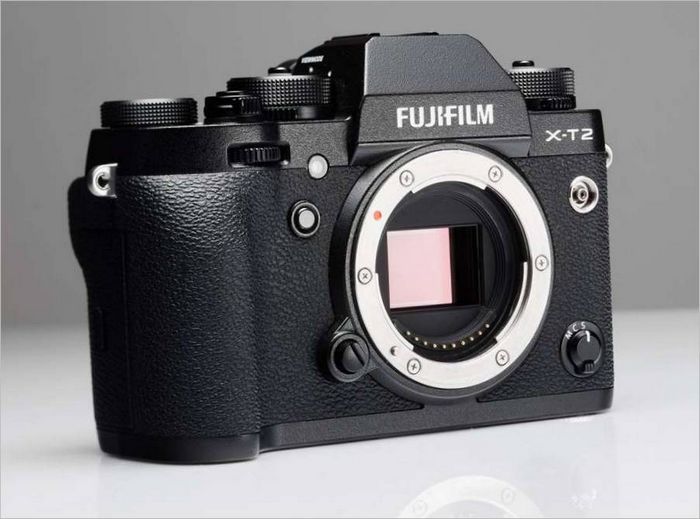
Otherwise, the criterion may be the pixel density, which is especially important in macro photography and which makes it possible to exploit the optical resolution of the lens more fully. Simply put FUJIFILM cameras with more megapixels currently 24MP are preferable.
Fujinon XF 80mm f/2 analogs.8 R LM OIS WR Macro
The lenses you see here are not exactly analogous to the Fujinon XF 80mm f/2.8 R LM OIS WR Macro t.k. They are under a full frame of 36 x 24 mm, but nevertheless…
| FUJINON XF 80MM F/2.8 R LM OIS WR MACRO | CANON EF 100MM F/2.8L MACRO IS USM | NIKON 105MM 1:2.8G ED VR SWM IF MICRO 1:1 | NIKON AF-S DX MICRO NIKKOR 85MM F/3.5G ED VRSONY FE 90MM F2.8 MACRO OSS | SONY FE 90 MM F2.8 MACRO OSS | ZEISS TOUIT 2.8/50M | |
| Announcement Date | 2017 g. | 2009 g. | 2006 g. | 2009 g. | 2015 g. | 2014 g. |
| Format | APS-C cropped factor 1.5 | FF | FF | APS-C cropped-factor 1.5 | FF | APS-C cropped factor 1.5 |
| Focal length | 80 mm | 100mm | 105 mm | 85 mm | 90mm | 50mm |
| Aperture range | f/2.8 – f/22 | f/2.8 – f/32 | f/2.8 – f/32 | f/3.5 – f/22 | f/2.8 – f/22 | f/2.8 – f/22 |
| Optical pattern elements/groups | 16 12 one aspherical, 3
low dispersion. And 1 with extremely low element dispersion . |
15 12 one low-definition. element | 14 12 one low-disp. element | 14 10 one low dispersion. element | 15 11
(1 aspherical., 1 low dispersion. and 1 with extreme low dispersion elements |
14 11 2 aspher. i
2 low-def. |
| Optical stabilization | 5 steps. No distance specified, but it works in macro | 4 steps at normal distance,
3 steps at 0.5x magnification, 2-stop at 1.0x magnification |
3 steps at 3 m – ∞. At macro range performance not shown | 3 steps at 3 m – ∞. At macro distances no efficiency is given | 4-4.5 exposure steps macro operation not specified | no |
| Focus range | 0,25 m – ∞ | 0,30 m – ∞ | 0,314 m – ∞ | 0,286 m – ∞ | 0,28 m – ∞ | 0,15 m – ∞ |
| Viewing angles diag. goriz. vert. | 20.1° 16.8° 11.1° | 24° 19.8° 13.5° | 23.2° 19.5° 13° | 18.5° 15.4° 10.4° | 27° 22.6° 15.2° | 31° 26° 18° |
| Aperture blades | 9 pcs rounded | 9 pcs rounded | 9 pcs rounded | 9 pcs rounded | 9 pieces rounded | 9 pcs rounded |
| Working distance | 17,7 mm | 44mm | 46.5 mm | 46.5 mm | 18 mm | 17,7 mm |
| MDF scale | 1 : 1 | 1 : 1 | 1 : 1 | 1 : 1 | 1 : 1 | 1 : 1 |
| Diameter of filter thread | M62 x 0.75 | M67 x 0.75 | M62 x 0.75 | M52 x 0.75 | M62 x 0.75 | M52 x 0.75 |
| Moisture protection | against spray and dust, hydrophobic coating on front lens | against spray and dust | against splash and dust | no | against splash and dust | no |
| Focus ring diameter | 80mm | 77.7 mm | 83 mm | 73 mm | 79mm | 65 mm |
| Length without covers | 130mm | 123 mm | 116mm | 98.5 mm | 130.5mm | 91 mm |
| Weight | 750 g | 625 g | 750 g | 355 g | 602 g | 290 g |
There are no outright bad lenses among the lenses presented, even today, but, for example, the Nikkor 105/2.8 was introduced back in 2006 and is the weakest member of that macro family. Canon 100/2 lens.8L released three years later, has more advanced image stabilizer revolutionary at the time and better optics, I compared it to the Nikkor 105/2.8 and a Carl Zeiss Makro-Planar 100/2 macro lens when available.
Sony 90/2.8 is the jewel in Sony’s crown and optically better than the first two, sets new standards for macro lenses. And that’s where the Fujinon XF 80mm f/2 comes in.8 R LM OIS WR Macro with 5-stop stabilizer and more zoom at the expense of the cropped factor Sony has cropped cameras too, but they are not top-of-the-line cameras like Fujii, the autofocus on them is not great . And I don’t know about the Sony macro lens I didn’t have it on my test , but the Fujinon XF 80mm f/2.8 has a teleconverter option. So it will be the most powerful macro lens out there.
The Fujinon XF 80mm f/2.8 in macro photography
Fujinon XF 80mm f/2 lens.The 8 is FUJIFILM’s first X-mount, which lets you get 1:1 macro. If you’ve done macro photography before, you’ll also appreciate the cropped factor, which plays into your hands in this case. Angle of view of the lens itself 29.7°, but at the expense of the cropped factor it is 20.1°, which is less than the 100mm macro lens! scale bigger at the same distance
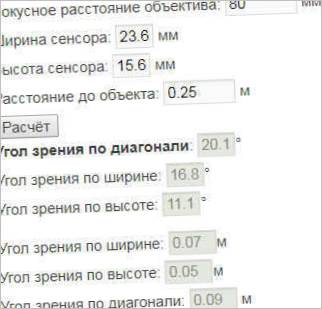
t.e. Fujinon XF 80mm f/2.8 R LM OIS WR Macro corresponds to a macro lens at full frame 35 x 24 mm with a focal length of 120 mm!
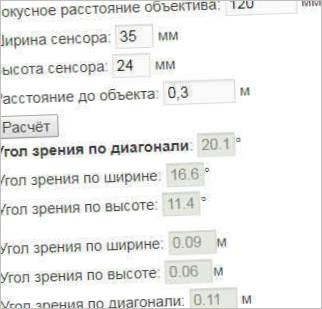
The subject will have the same magnification, but the distance to the subject is greater, making it easier to place the lights around the subject. But that’s not all! Fujinon XF 80mm f/2.8 R LM OIS WR Macro you can add teleconverters and zoom in on the subject.
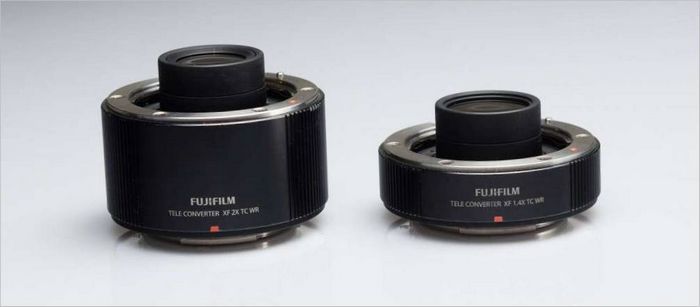
For example, you cannot attach native teleconverters to Canon’s 100 mm macro lenses note the protruding lens barrel in Canon as well , and non-native teleconverters reduce quality badly. And in the X-mount system, you can also put 1.4x teleconverter and 2.0h.
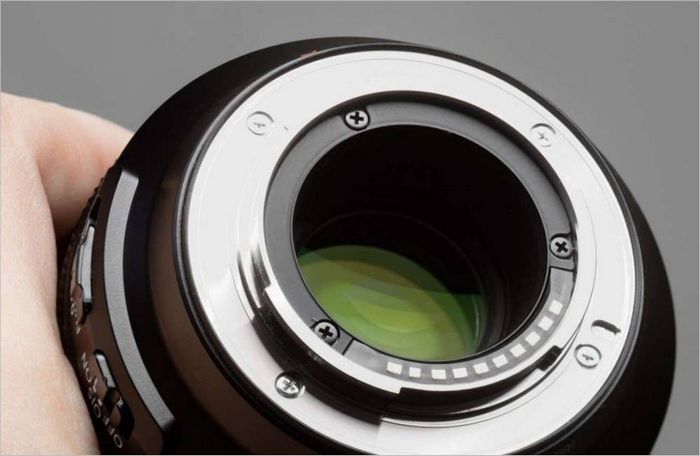
As you can see, the back lens barrel goes deep enough and there’s room for a teleconverter lens barrel.
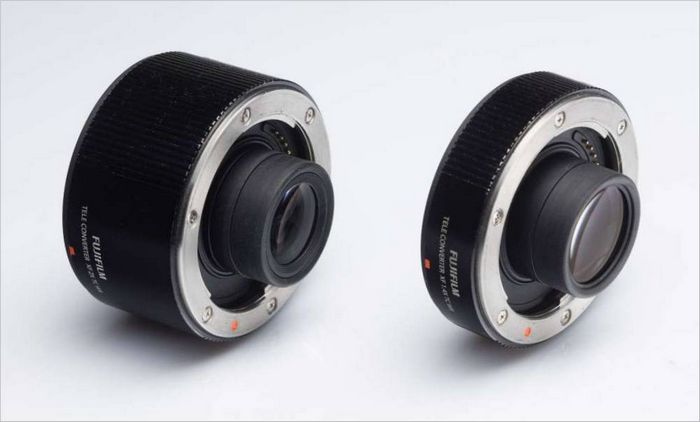
When installing the teleconverter 1.4x the focal length of the Fujinon XF 80mm f/2.8 is equivalent to 112 mm F4, which, taking into account the cropping factor, is equivalent to 171 mm for a 35 x 24 mm frame. That is a diagonal angle of view of 14.1°. But that’s for focusing to infinity, and internal focusing works at macro distance, so the focal length is reduced to keep the overall length of the lens when focusing to macro otherwise the “trunk” of the lens would travel far forward, as on the same ZEISS Milvus 100/2M .
The zoom was 1:1 at the closest distance, now it’s 1.4:1 at the same distance the minimum focus distance does not change when setting the teleconverter . In this case, the relative aperture becomes smaller in one step, t.e. there were two.8 and will become f4.
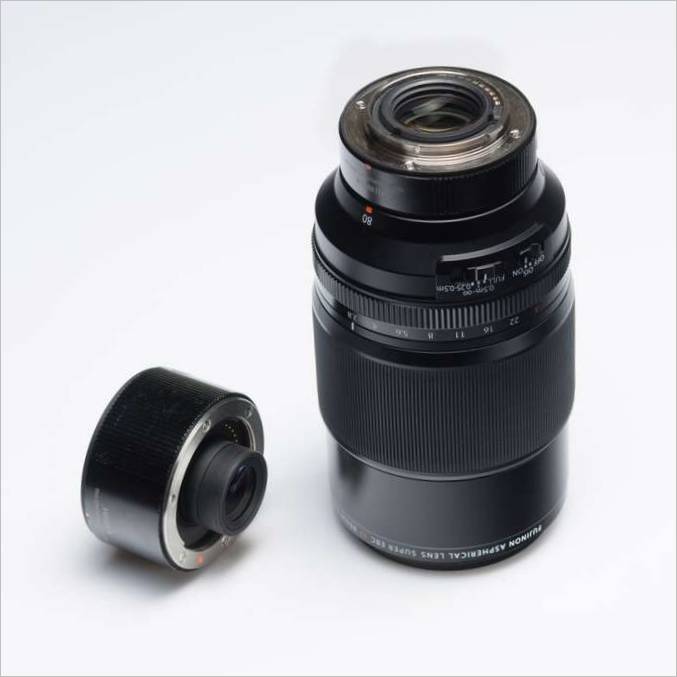
With 2x teleconverter on a Fujinon XF 80mm f/2.8 lens parameters are equivalent to 160 mm F5.6, which corresponds to an angle of view like 244mm for a 35 x 24mm frame ~10° . For macro, the focal length will be less, but the scale will be 2:1.
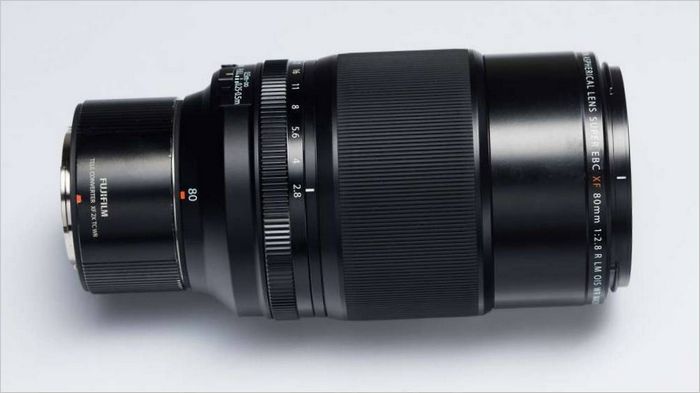
What all this means in practice for the macro photographer?
It means what we have with the Fujinon XF 80mm f/2 lens.8 R LM OIS WR Macro is more than enough zoom for 90% of macro photographers because that’s about as many photographers shoot at 1:1 or less. It’s already quite a lot!
For a demonstration of the Fujinon XF 80mm f/2.8 R LM OIS WR Macro with the FUJI X-T2 camera I used a block of pyrite at least that’s how it was introduced to me .
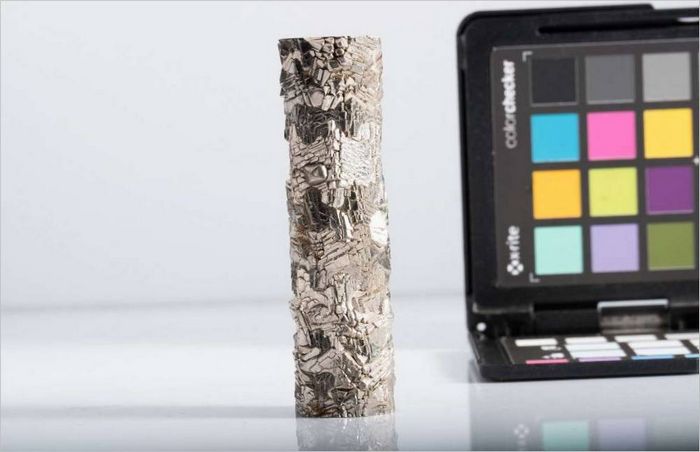
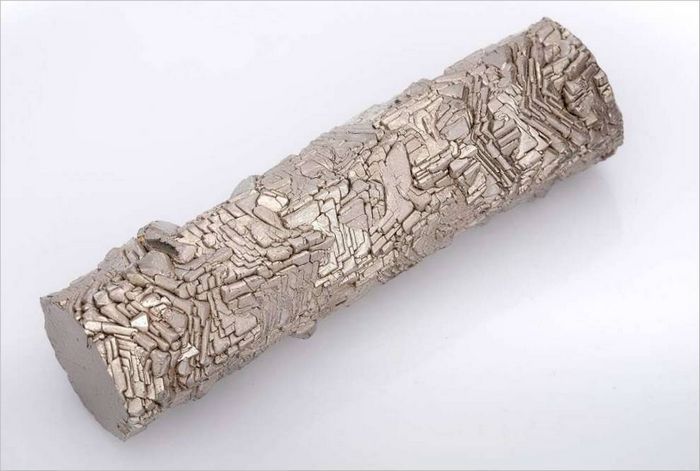
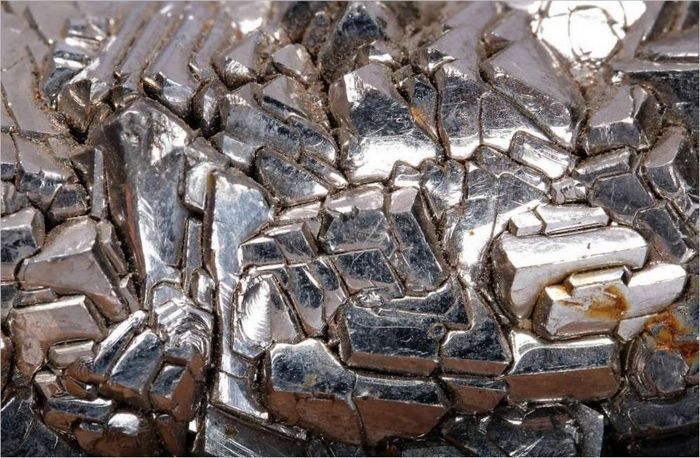
As you can see, a 1:1 macro would already satisfy a lot of people. The facets in the dragonfly’s eyes can already be photographed. But macro photographers are keen people and 1:1 is not often enough for them : That is why they suggest to develop to zoom in , investing in teleconverters.
I also have some cubic zirconia stones in stock, which I used as macro subjects.
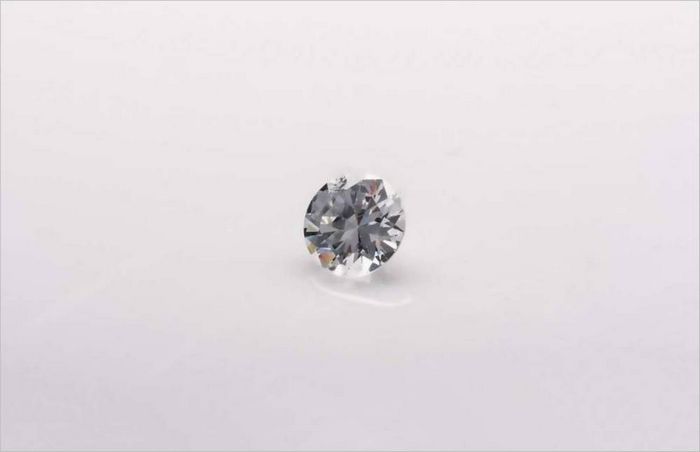
This is a small scale, normal shooting.
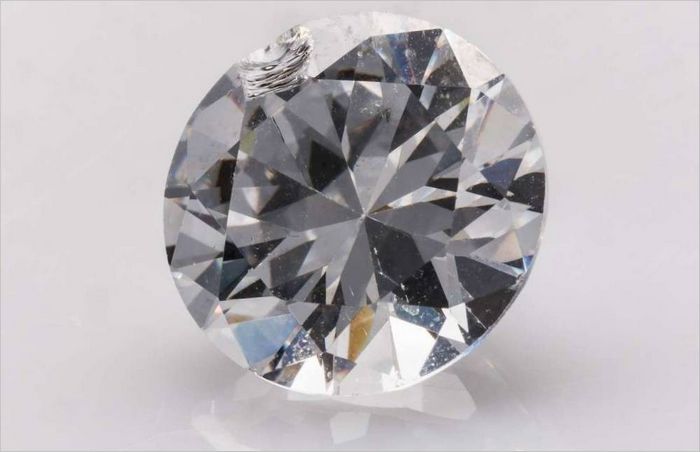
In this photo, the scale is more than 1:1 close to 2:1 , here the Fujinon XF 80mm f/2.8 used with 2x teleconverter.
the fiancée scale may be larger than the frame height, this is the scale they usually shoot insects in, but it’s winter and I have nowhere to get them. By the way, you can make the scale even bigger using native MCEX-11 or MCEX-16 extension rings. Macro calculators here you can calculate the scale for your conditions.
Someone may say that it’s not interesting with such a depth of field, but you want to see the whole rock in focus. Well, the stacking method and focus rails will help this case. But you can make an interesting shot just by adding props. In this case, it’s coral sand from the shores of the Maldives.
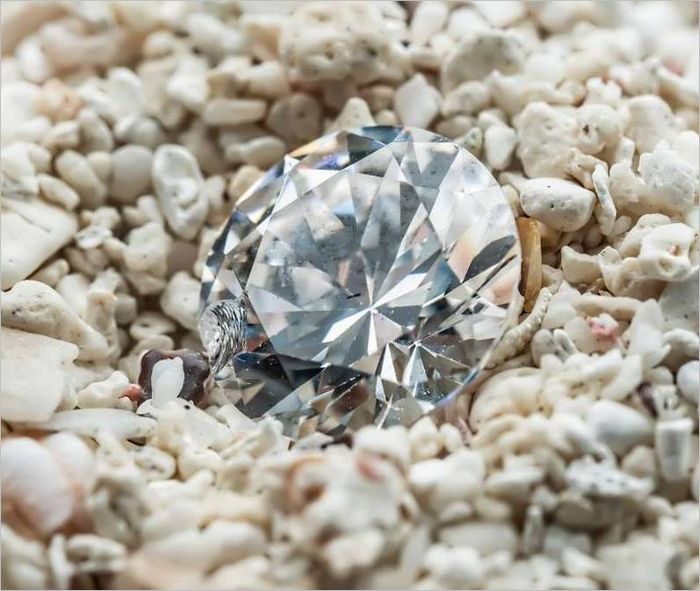
So go ahead with your FUJI cameras – you now have a major tool and a large scale shooter. And not just shooting a photo, but also a video t.k., For example the FUJI X-T2 shoots 4K video, which is a must for shooting jewelry and other macro stuff. Macro jewelry is shot in 4K and downsampled to 1080p for more detail.
I also found a 32 Gb CompactFlash memory card that was broken. I’ve been wanting to open it up and see what’s inside for a long time, and here’s what happened…:
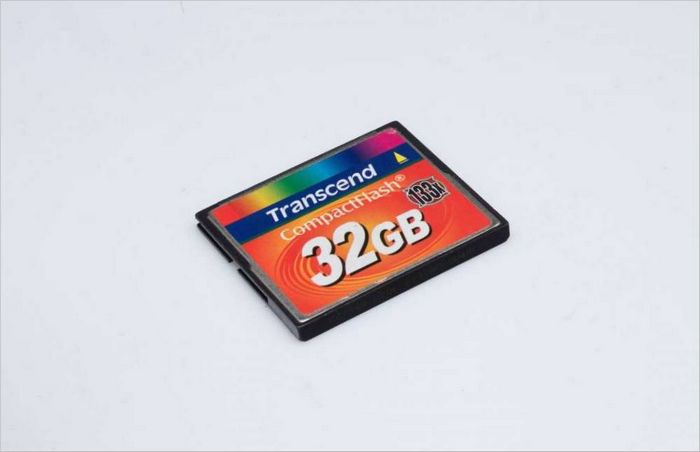
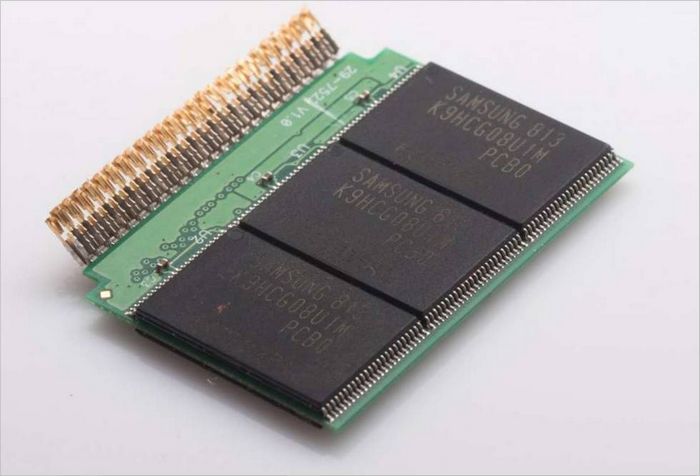
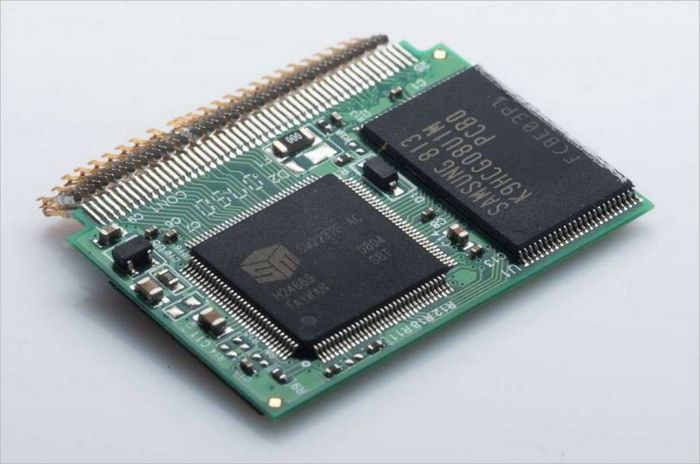
As you can see, the inside turned out to be a Samsung chip. And the Transcend card…
I hope I’ve illustrated enough of the capabilities of the Fujinon XF 80mm f/2.8 R LM OIS WR Macro in macro mode and can move on to portraits.
Portraits taken with Fujinon XF 80mm f/2.8
To begin with, the Fujinon XF 80mm f/2.The 8 isn’t a specialized portrait lens and you’d expect it to underperform here, if we didn’t know that there are floating elements inside, a rounded 9-blade aperture and an aspheric. So the lens was actually meant to be not just a macro lens, but a general-purpose variant.

“Tricky” shot through the window of the Book House.
f3.2, 1/120sec, ISO 3200
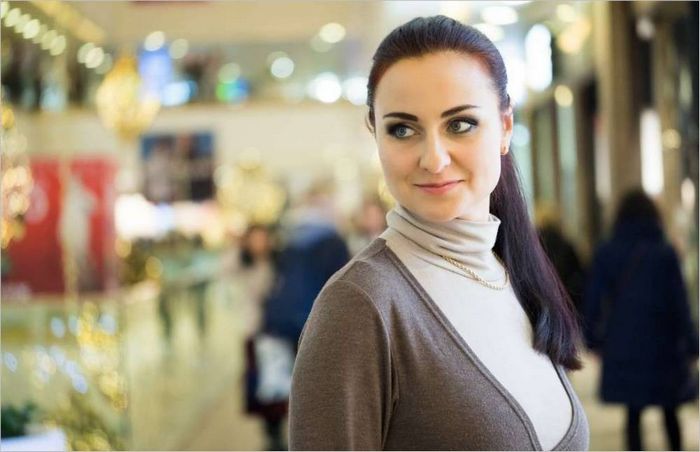
f2.8, 1/60 sec, ISO 800
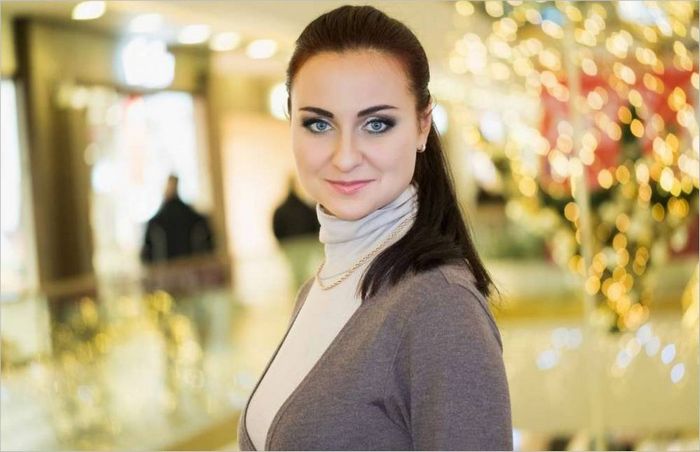
f2.8, 1/60 sec, ISO 1600
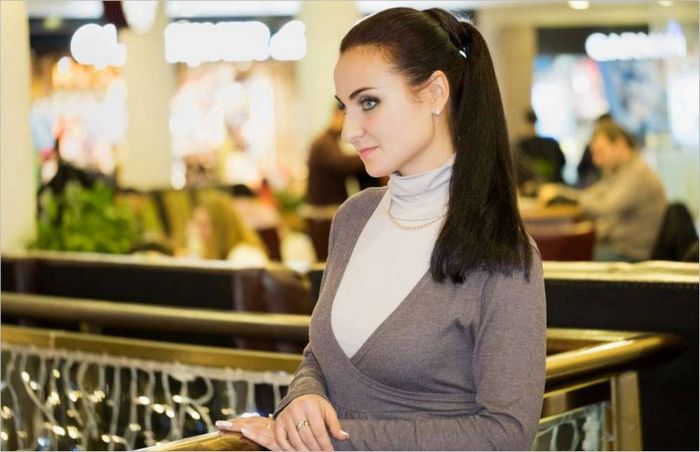
f2.8, 1/60 sec, ISO 1600
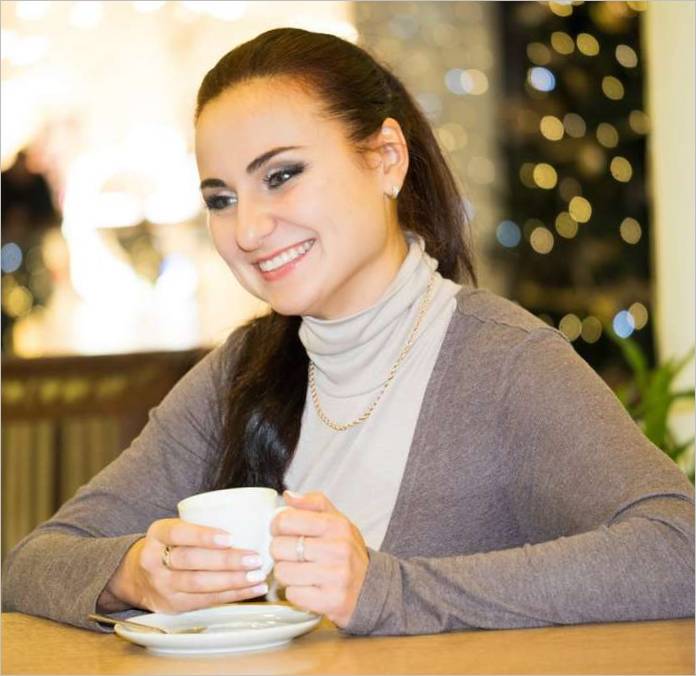
f2.8, 1/60 sec, ISO 1600
I liked the bokeh on the whole. I can see the “lemons” around the edges of the frame, which animate the frame a bit more. If you pay very close attention, you’ll notice the grinding of the aspherical element in these “lemons”. For some reason it is important for some reviewers, but I personally do not notice it in the resultant frames, although I know that if there is aspherics, it will have that effect.
Conclusions and impressions
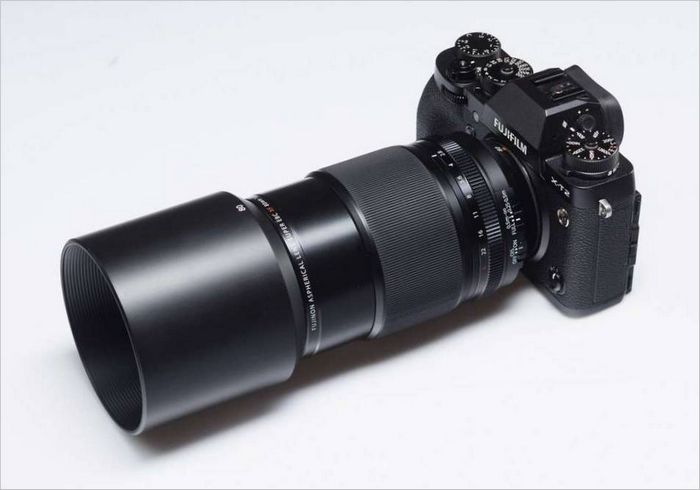
I liked the Fujinon XF 80mm f/2.8 R LM OIS WR Macro and I believe it will be one of the most sought after lenses on the FUJI system in the near future. If you use this lens as both a portrait lens and a macro lens, you can save money and spend it on lighting equipment, for example.
I would also like to conclude by mentioning the good workmanship of FUJI cameras and lenses. I’ve been shooting a lot with them in the last year and I can say that they are very tactile for me. On the one hand it has none of the now fashionable “sleekness” and is therefore easy to hold, and on the other hand it has good ergonomics. Although unusual for me as a traditional Canon user, I can see that it’s well thought out, unlike some other manufacturers’ cameras. For example, I like the FUJI hoods, which are somewhat cylindrical and fit nicely into a backpack. That same Canon macro lens has huge hood and socket, so I had to put it on the far shelf as an example of bad design and use cylindrical hood from Carl Zeiss.
On that positive note, I want to end today’s review of a great macro lens and go finish my review of the new telephoto lens from FUJI – FUJINON LENS XF100-400mmF4.5-5.6 R LM OIS WR, which I was able to compare more closely with the competition! :
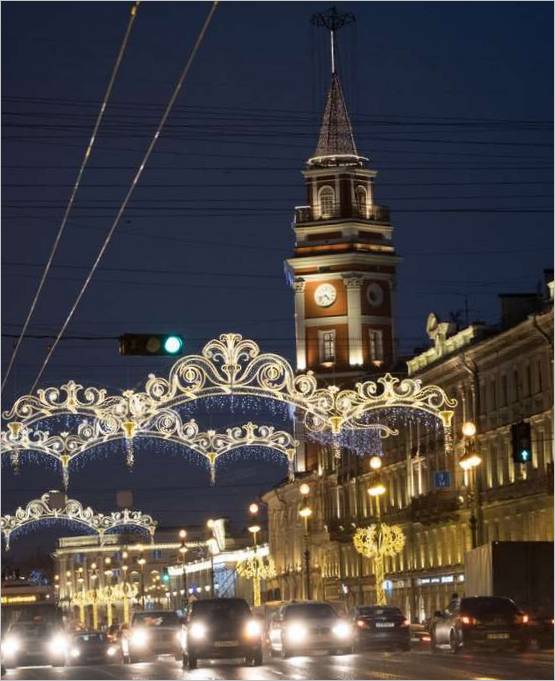
Fujinon XF 80mm f/2.8 R LM OIS WR Macro, f2.8, 1/120 sec, ISO 2000

Great review! I’m interested to know if this lens is suitable for portrait photography as well, or is it primarily designed for macro shots?
How well does the Fujinon XF 80mm f/2 lens perform in macro photography? Is the image quality sharp and detailed?
The Fujinon XF 80mm f/2 lens is highly regarded for macro photography. Its performance is exceptional, delivering sharp and highly detailed images. The lens offers a 1:1 magnification ratio, allowing users to capture intricate details with stunning clarity. With the fast f/2 aperture, it provides excellent control over depth of field, resulting in beautifully isolated subjects. The lens also boasts excellent color reproduction and contrast, further enhancing the overall image quality. Overall, the Fujinon XF 80mm f/2 lens is a top choice for macro photographers seeking outstanding sharpness and detail in their images.